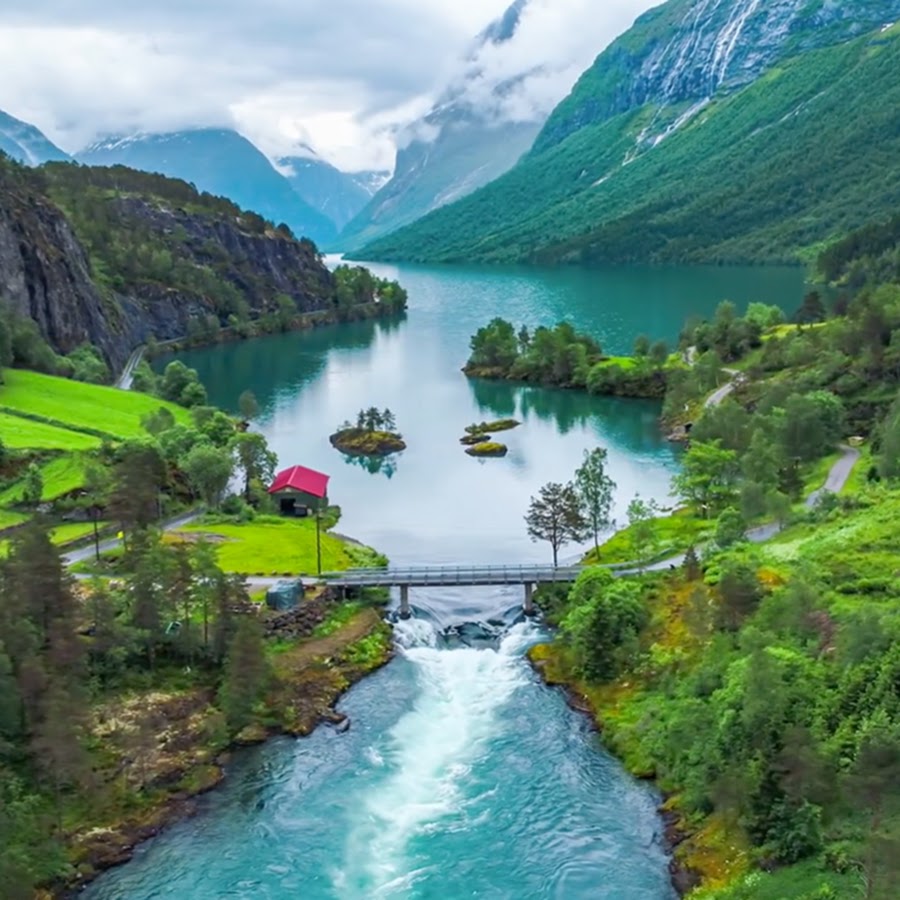Video Player is loading.
520
views •
February 5, 2022
Korean High-Speed Rail: From Technology Import to Domestic Production

Railway Explained
0 Followed
- Support Railways Explained on Patreon: https://www.patreon.com/railways_explained
------------------------------------------------------------------------------------------------------------------------------------------------
► Railways Explained aims to establish a WORLDWIDE COMMUNITY of all RAIL LOVERS, WORKERS, AND EXPERTS, by creating regular, entertaining, and educational railway content of high quality.
► If you find yourself in at least one of these three groups, support this idea by SUBSCRIBING TO RAILWAYS EXPLAINED.
------------------------------------------------------------------------------------------------------------------------------------------------
- In the last episode we spoke in detail about the South Korean rail system.
We covered the aspects of history, development of rail network and services, the rail reform, traffic figures and trends, and many other. In this episode, we continue that story - with a focus on the development of Korean high-speed rail system.
We can freely say that it is not quite appropriate to directly compare South Korea with the countries that previously adopted HSR, such as France, Japan, and Germany, as South Korea had to rely for rail technology on other countries, instead of developing their own.
Even though it is not true that South Korea was ignorant about rail technology, it is true that the level of technical skills was far behind to construct, produce and operate a decent high-speed rail system. Against this backdrop, Korea’s decision-makers set a goal for HSR construction - secure advanced rail skills.
Although this effort triggered some problems such as delays in the high-speed rail opening, it ultimately turned out to be the momentum that advanced Korean skills to a higher level - competitive on the world’s railway market.
This episode deals with aspects such as the background and the rationale for the introduction of high-speed rail technology in South Korea, debates among experts on the high-speed technology approach, technology transfer and securing domestic rail industry, construction of first high-speed rail lines, developments of high-speed (KTX) trains, and of course, at the end, some traffic figures and effects.
What do you think about the South Korean high-speed rail system - tell us in the comments below!
------------------------------------------------------------------------------------------------------------------------------------------------
Special thanks to our Patrons: David Brandon, Brendan McKeon, Linda Vainomae-Hoffmann, Andrew Saffrey, Myron York, Gerald Brady, Tim McKeoun, August Bigelow, Bill, Sergii Getman, Andebian, Raka Sidik, Jonas Christen, Duikboot, Nathan Walls, Marcelli, and Phillipe Branco!
----------------------------------------------------------------------------------------------------------------------------------------------------
Credits:
- If you enjoyed this video, SHARE it with your rail-loving friends to help us raise our community, and of course, leave your opinion in the COMMENT section and hit the LIKE button.
------------------------------------------------------------------------------------------------------------------------------------------------
► Stay connected with us on social media:
- Facebook: https://www.facebook.com/RailwaysExpl...
- Instagram: https://www.instagram.com/railways_ex...
- Linkedin: https://www.linkedin.com/company/rail...
#Korea #Railways #Korail
Show All 
Comment 0











